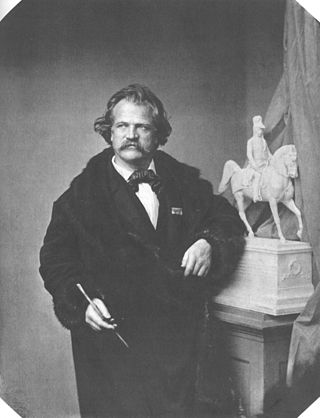
Johann Halbig was a German sculptor of the Classicism school.

Karl Ferdinand Sohn was a German painter of the Düsseldorf school of painting.

Karl Wilhelm Hübner was a German landscape and genre painter, in the Romantic style.

Clemens von Zimmermann was a German historical painter. He is associated with the Düsseldorf school of painting.
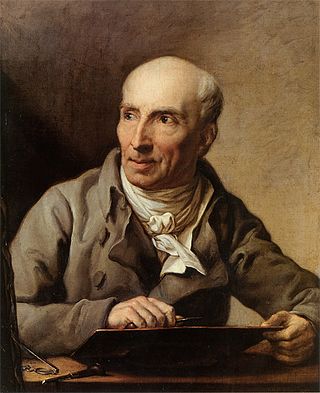
Johann Friedrich Bause was a German copper engraver; primarily of portraits.

Georg Cracow, Kraków, Cracov, Cracau or Cracovius was a German lawyer and statesman.
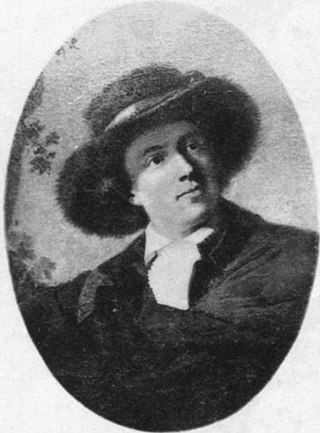
Philipp Friedrich von Hetsch was a German Classical painter, known primarily for his portraits, although he also created historical and mythological scenes.
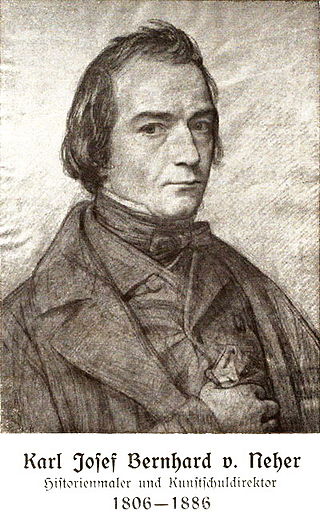
Karl Josef Bernhard von Neher was a German painter.

Wilhelm Lambert Krahe was a German history painter and art collector.

Friedrich Wilhelm Heinrich Theodor Hosemann was a German genre painter, draftsman, illustrator and caricaturist.

Franz Ignaz Oefele was a German painter, etcher, and miniaturist. His name is sometimes spelled "Öffele" and is occasionally seen as "Oeffele-Piekarski", for reasons unknown.
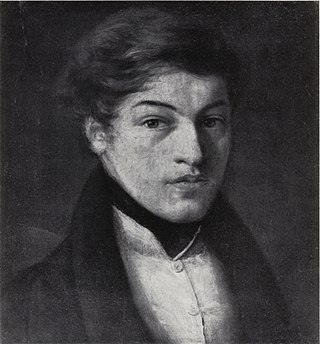
Friedrich Mosbrugger, also known as Fritz Moosbrugger was a German portrait and genre painter in the Realistic style. He came from a family that had a widespread reputation as builders, plasterers and painters. His brother Joseph was also a painter, and his brother August was an architect.
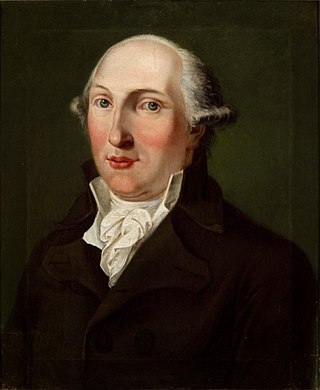
Friedrich Gedike was a German theologian, teacher and educational reformer of the late Age of Enlightenment. He was the recipient of the letters that made up the book by C. P. Moritz entitled Journeys of a German in England in 1782.

Ferdinand Geminian Wanker was a German Roman Catholic moral theologian.

Joseph Petzl was a German genre painter of the Biedermeier school. He has left a collection of drawings documenting his everyday life, love affairs and travels, now in the Münchner Stadtmuseum.
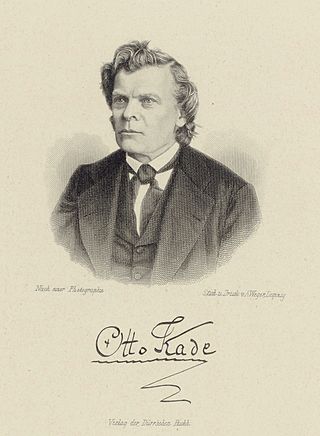
Otto Kade was a German musicologist, organist, conductor and composer.
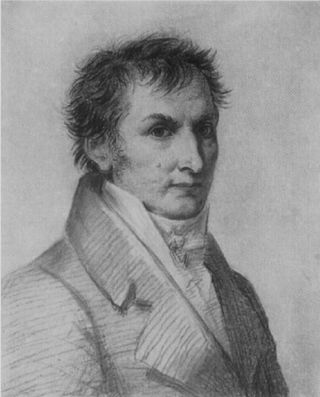
Johann Peter Langer, after 1808, von Langer was a German painter, engraver and wallpaper designer.

Josef Klieber was an Austrian painter and sculptor.
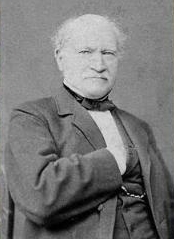
Carl Eduard Steinbrück was a German history painter and etcher; associated with the Düsseldorf school.

Moritz von Beckerath was a German painter from the Düsseldorf school of painting.

![Lothar Anselm von Gebsattel [de], Archbishop of Munich Lothar Anselm von Gebsattel JS.jpg](http://upload.wikimedia.org/wikipedia/commons/thumb/f/f7/Lothar_Anselm_von_Gebsattel_JS.jpg/225px-Lothar_Anselm_von_Gebsattel_JS.jpg)



















